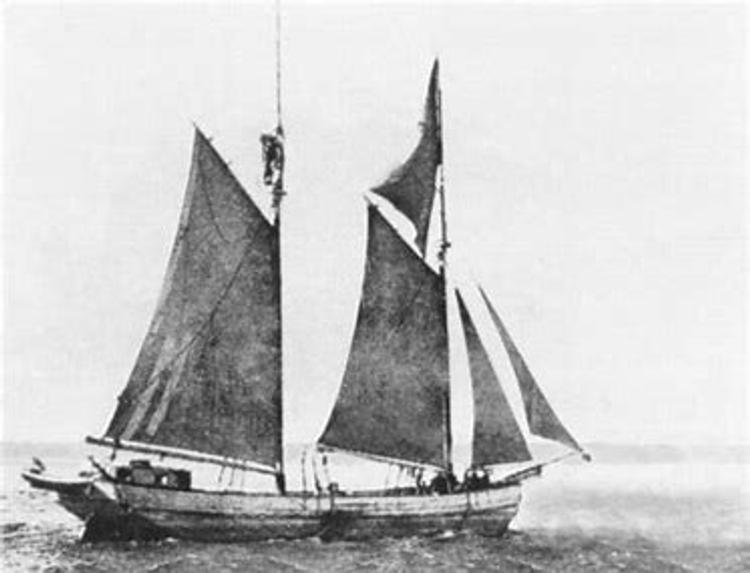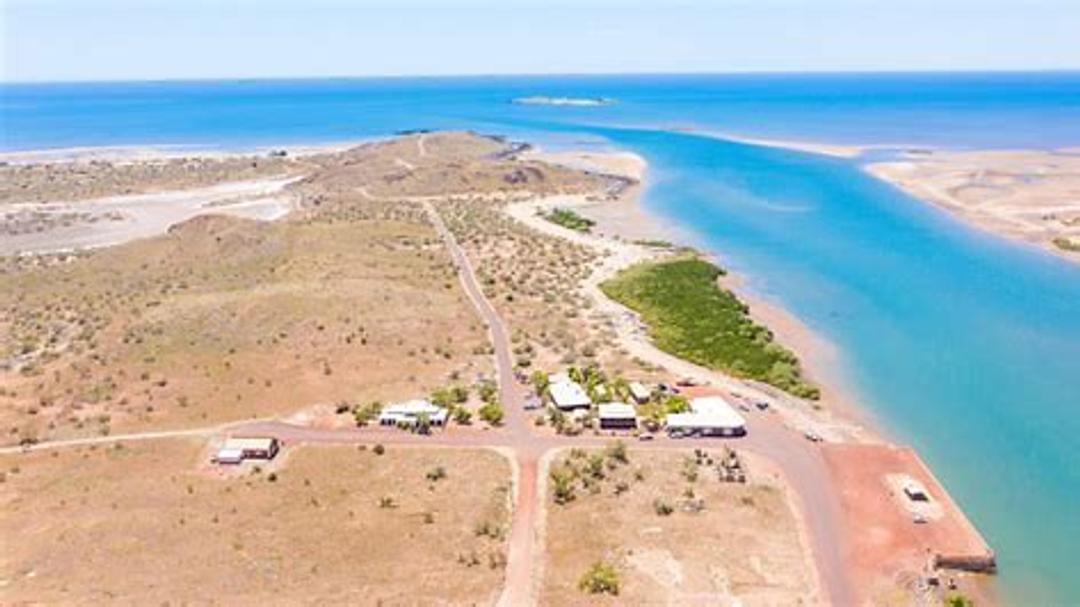Thomas Hollis
Vessel Name: Eloise
Thomas Hollis
Fell overboard and drowned; body recovered
11 April 1888

Revenue vessel

Cossack Creek
Eloise was built at Quindalup by J Farmer for the northwest pearl grounds. Owners George H Roe, Captain William James and John Augood were Cossack pearlers. They registered the 32.74 ton schooner in 1876 with official number 75287.She had fore and aft masts, a carvel stern and was built like other schooners of the day. She was 55.75 feet long, 14 feet wide and drew 6 feet of water [16.4 x 4.3 x 1.8 metres].
In her early days Eloise worked in the northwest and sailed the WA coast to bring supplies and deliver shell and pearl for her owners who owned fleets of luggers in Cossack. She was appointed by government to carry out tasks as required such as mail delivery, search and rescue missions and the like. Captain Cross had command in Eloise’s early years.
In 1883 Captain B E Mayne, JP was made the Inspector of Pearl Shell fisheries at the North. As the fisheries inspector he was afforded a suitable vessel to work from. Eloise was made a revenue schooner.
A revenue cutter was a vessel employed by the government, predominantly for the pearling industry. Pearlers paid a levy [revenue or tax] to the government to maintain and cover the operating costs. They searched for missing vessels and wrecks, resupplied remote government outstations, and safely carried pearls and pearl shell south for sale. The pearlers objected strenuously to use of revenue vessels being diverted away from pearling grounds because they were the only industry paying the revenue for government boats to operate. There was also a policing aspect, since the Fisheries Inspectors were Justices of the Peace and were authorised to conduct trials and inquiries to help bring justice to the pearling fields.
Thomas Hollis worked aboard Eloise under the command of Captain Mayne. Thomas was born in 1938.He had previously been on the wrong side of the law. In 1883 he appeared before Magistrate James Cowan, JP for being drunk in Perth. He was afforded the opportunity to stay away from Perth or face a penalty issued by the court. The northwest coast was far from Perth and provided a living.
The work aboard Eloise was hard and could be dangerous when she headed out of Cossack to provide help to stricken vessels. On 12 August 1885 Eloise was washed off her ways by a strong tide that drove her broadside onto the beach. (“Ways” are wooden runners/tracks laid down to help pull a boat up onto the beach). She could not be launched again until she was floated on the next tide, and her ways replaced more soundly.
Eloise lost her fore mast in the 1887 cyclone. Fortunately, the crew had let her run before the storm, and she was spared sinking or wrecking like so many other vessels. In the wild storm, however, she was struck by lightning, and Captain Mayne was seriously injured. With the mast and gear washed away, the crew jury-rigged a mast and sails and took Eloise back to Cossack.
On 11 April 1888 while heading into Cossack Creek in the evening Thomas Hollis fell overboard. At that moment Eloise was approximately 100 yards [91.4 metres] off the shore. Thomas could not swim.
Thomas’ body was discovered in the creek two days later. An inquiry was carried out immediately, and the jury found his death to be accidental. Thomas was buried in the cemetery at Cossack.
Shortly afterwards Eloise was engaged by Latimer, Clark & Co. to transport the materials needed to construct the telegraph line to Derby. After approximately 12 months, Captain Mayne sold Eloise to W H James who took her back to the pearl grounds. She was wrecked on 5 January 1892 at Lamarck Island in King Sound. Captain James and his crew rowed for two and half days (160 miles/257.5 kms) to reach safety.
